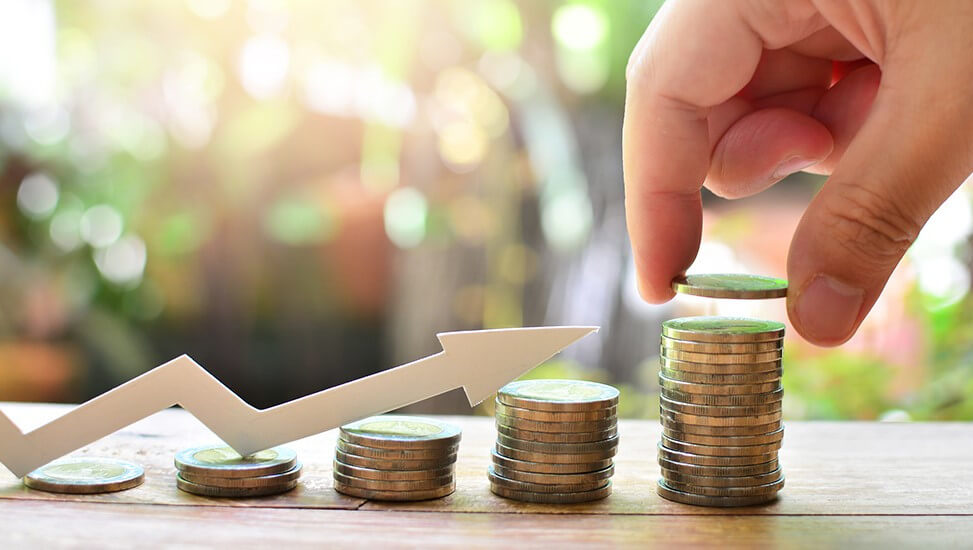
Price skimming can be highly effective, especially during peak demand periods like major events or holidays. However, many hotels have yet to fully capitalize on this strategy, often hesitating due to concerns about guest satisfaction and potential reputational risks.
NB: This is an article from Demand Calendar
Subscribe to our weekly newsletter and stay up to date
This cautious approach contrasts the broader conversation around over-tourism, which suggests that hotels may be leaving significant revenue on the table by not fully leveraging their pricing power.
We explore the ins and outs of price skimming in hotels, discussing how it works, its benefits and challenges, and best practices for implementing it successfully. First, let’s clarify what price skimming entails and how it can be effectively used in the hotel industry.
Defining Pricing Strategies
Price skimming involves setting a high initial price for a product or service with the understanding that it may not attract the maximum number of customers but will generate significant revenue from those willing to pay a premium. This strategy can be employed in the hotel industry during high-demand events or periods where the hotel deliberately charges a higher rate, fully aware that not all rooms will be filled at that price. The goal is to maximize total revenue rather than occupancy.
This approach contrasts with traditional surge pricing, which aims to fill as many rooms as possible at higher rates during peak demand. With price skimming, the focus is on revenue per room rather than the total number of rooms sold. Hotels might choose this strategy during events like the Paris Olympics, where demand is high, but rather than aiming for full occupancy, they prioritize securing the highest possible revenue per room from guests willing to pay premium prices.
During the Paris Olympics, for example, some hotels charged significantly higher rates, resulting in a slower increase in occupancy but a dramatic increase in total room revenue. The hotels understood that while not all rooms would be filled at these elevated rates, the sold rooms would contribute to a substantial overall revenue gain.
Key Characteristics of Price Skimming in Hotels:
- High Initial Prices: Hotels set room rates significantly higher than usual, targeting guests who are less price-sensitive and willing to pay a premium for convenience, location, or exclusivity.
- Lower Occupancy Rates: The hotel expects and accepts that not all rooms will be sold at these high rates.
- Maximized Revenue per Room: The focus is on increasing the total revenue by selling fewer rooms at higher prices rather than filling all rooms at lower rates.
This strategy is particularly effective when the perceived value of the stay is high, such as during major events or in luxury markets where exclusivity is a significant factor in pricing.




